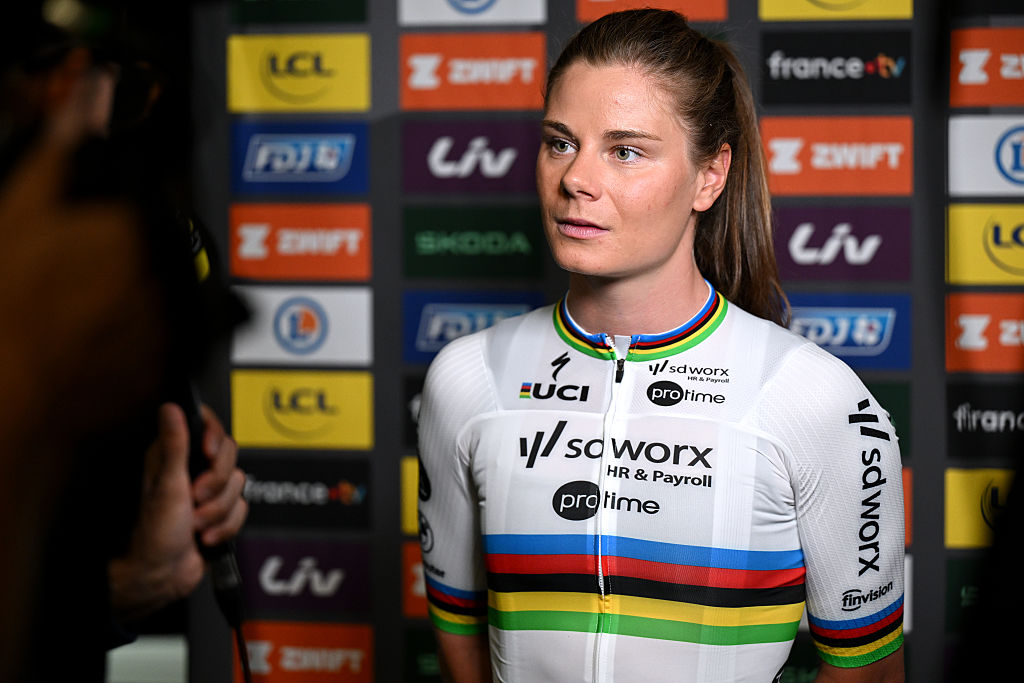Liege-Bastogne-Liege toughens up finale
Return of two late climbs, the Rosier and Maquisard, makes for more challenging course
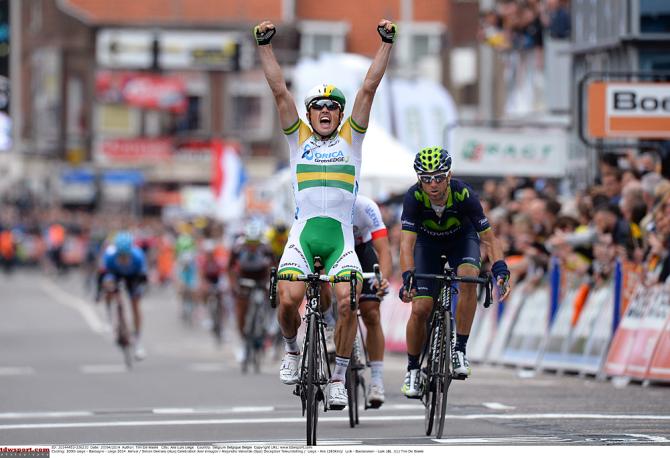
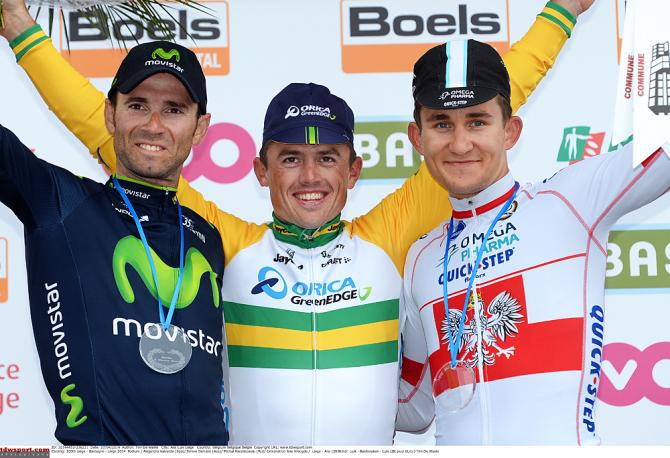
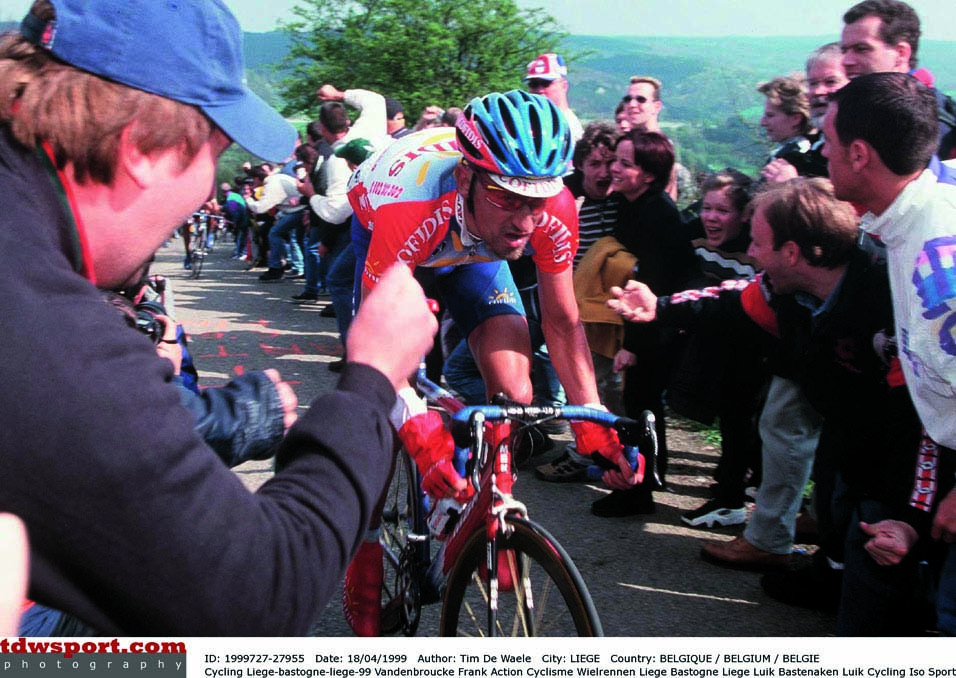
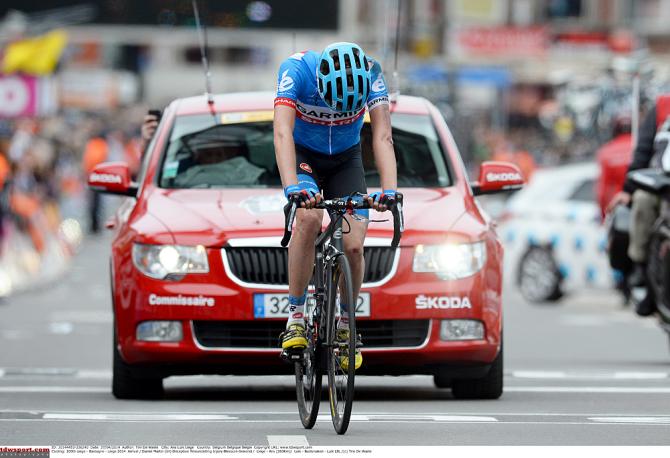
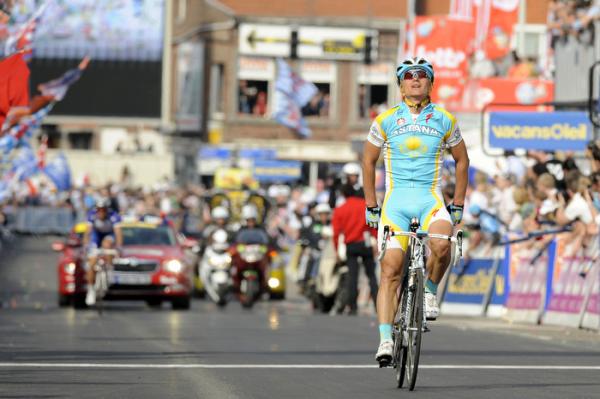
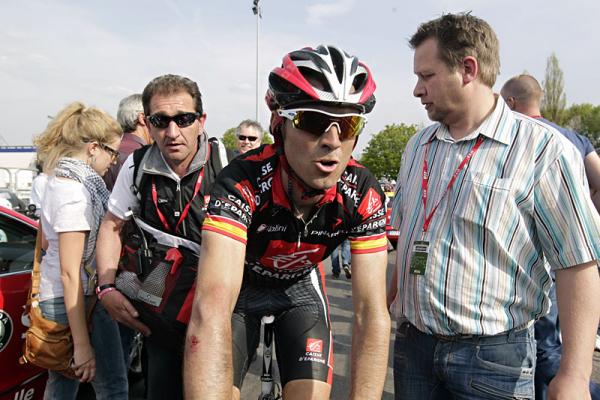
Yet more changes in the race route of Liege-Bastogne-Liege this year seem certain to cause a much smaller peloton to reach the decisive final climbs of San Nicolas and up to the finish at Ans on Sunday.
Most of the important alterations come between what is traditionally considered the first key group of Liege-Bastogne-Liege’s ten climbs, the trio of the Wanne, Stockeu and Haut Levee, and the race’s second crucial ascent, the Cote de La Redoute.
Whilst the Wanne, Stockeu and Haut Levee remain in place and will begin the main weeding out of the peloton’s weaker elements at the rear end of the pack, the next big challenge of the emblematic Cote de la Redoute, 40 kilometres from the finish, is the point where the main contenders begin seriously testing each other.
It’s between these two crunch moments where things have changed. Following the Wanner-Stockeu-Haut Levee trio of climbs, last year’s long, draggy ascent of the Vecquée has been substituted with a much harder combination of the even more draining Col du Rosier (4.4 kilometres at 5.9 per cent) and the shorter climb of the Col du Maquisard (2.5 kiolometres at 5 per cent) climbs. The effect will likely be a much smaller group of riders on the Redoute, making the leaders more exposed - and attacks more likely.
The finale has also - yet again - changed. Compared to 2014, the distance between the first two of the three key final climbs, La Redoute (218km) and the second, the Côte de la Roche-aux-Faucons (234km) is considerably reduced.
In 2014, there were 25 kilometres between the two, now it has been reduced to 16 kilometres, with an unclassified short climb, the Cote de Sprimont, flung in for good measure. As a result of this shorter distance, it will be harder for an already smaller peloton to reform following La Redoute. It hopefully see a more interesting race than last year’s painfully dull finale, only livened up at the very last moment, by Simon Gerrans blazing acceleration to victory on the finishing straight at Ans.
The final segment of La Doyenne, a fast downhill into Liege’s industrial hinterland, past its football stadium and then the ascent of the Cote de San Nicolas and the long drag up to the finish in Ans, remains unchanged. But combined with what is forecast to be heavy rain for this weekend, the tougher route, despite being ten kilometres shorter than last year, looks certain to deplete the peloton in a way which did not materialise in 2014.
The latest race content, interviews, features, reviews and expert buying guides, direct to your inbox!
One top rider has already given a thumbs up to the route changes. “It’s harder and better for me like this,” Alejandro Valverde, the top favourite following his victory in Fleche Wallonne and second place in Amstel, told Cyclingnews earlier this week. “I like it a lot more.”
Liege-Bastogne-Liege: how it’s changed
1992: New finish at Ans introduced
2008: Short sharp ascent Cote de Roche-aux-Faucons brought in to replace the draggy Cote du Sart-Tilman
2010: Cote de Haut Levee removed because of roadworks
2011: Cote de Haut Levee returns.
2013: Roche-aux-Faucons removed because of road works and replaced by much easier Col de Colonster.
2014: Colonster removed, Roche-aux-Faucons returns to race.
2015: Vecquée climb is removed, Rosier and Maquisard return.
Alasdair Fotheringham has been reporting on cycling since 1991. He has covered every Tour de France since 1992 bar one, as well as numerous other bike races of all shapes and sizes, ranging from the Olympic Games in 2008 to the now sadly defunct Subida a Urkiola hill climb in Spain. As well as working for Cyclingnews, he has also written for The Independent, The Guardian, ProCycling, The Express and Reuters.

